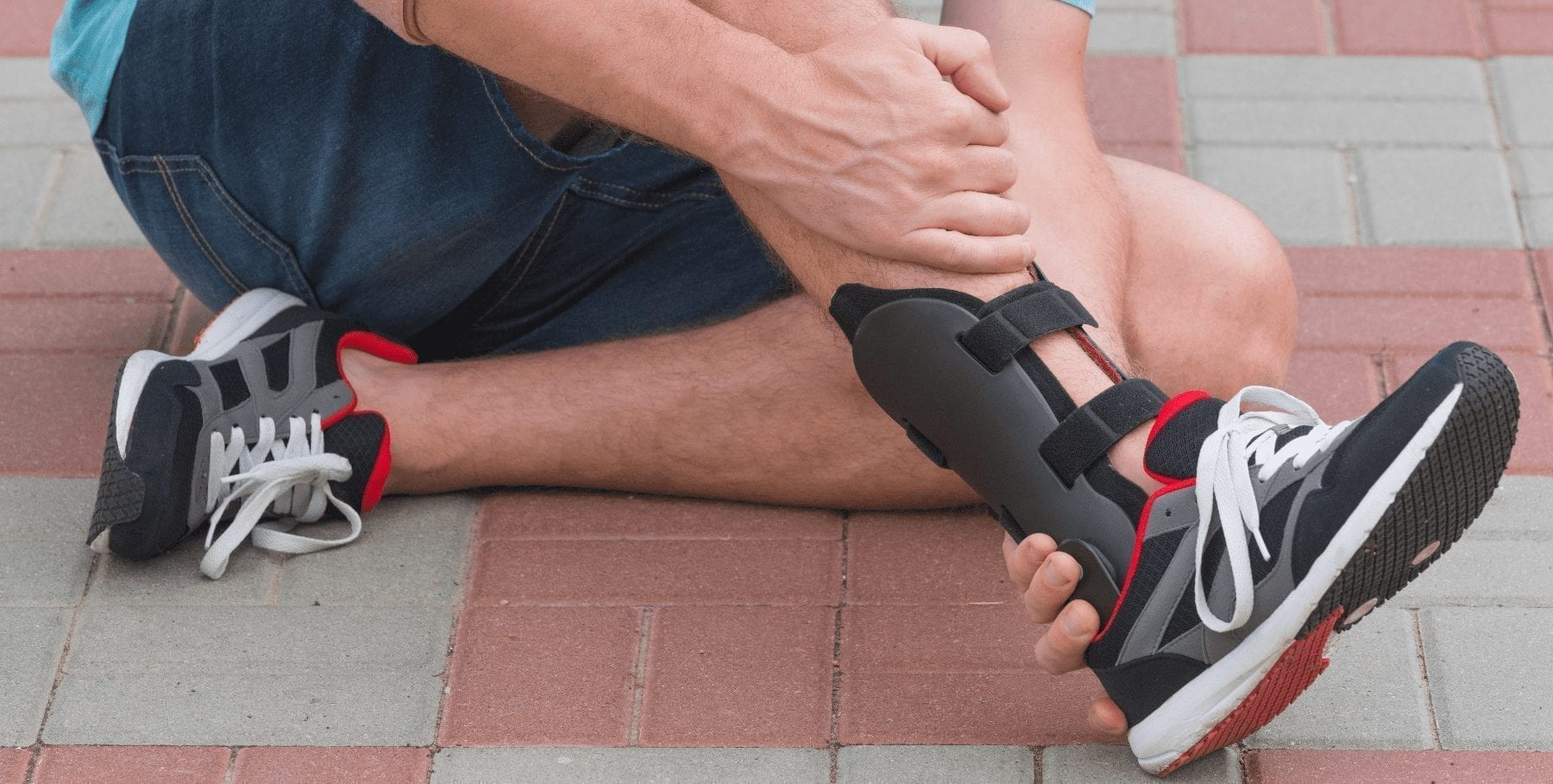5 things to consider before you exercise with an injury

I am often asked, “Should I exercise or should I take a break while I recover from this injury?”
The best way to begin an answer to this questions is to say it depends. For most people, I can understand how this may be unsatisfying. So I wanted to write about how I make this decision, and what types of reasoning we should use to make decisions of this kind when treating injuries like low back pain, knee pain, and tendon injuries. So let’s get into some of the things upon which “It depends” when we are considering exercising with an injury.
1 – AREA OF INJURY/ TYPE OF EXERCISE
These two things have to match up for any advice to even be required. If someone comes to me with an elbow injury and they want to keep up their training for a 10 k road race, in almost every case, I will say, “please keep training for your road race.”
2 – SEVERITY OF THE INJURY
This may seem like common sense, but injury severity and the level of pain resulting from that injury do not always match up well. Injury severity is a spectrum. At the high end of injury severity, are things like fractures, severe sprains, muscles injuries and dislocations. These high-end severity injuries require time with no loading, no exercise, and in some cases immobilization (eg: cast or brace) to heal as well as possible. On the lower end of severity of the injury spectrum, are things like postural injuries, exercise associated aches and pains, and minor strains and sprains. To facilitate optimum healing of a minor injury, most research suggests that maintaining some form of exercise is necessary, and is certainly better than complete bed rest.
3 – TISSUE INVOLVED
Physiological characteristics of commonly injured tissue like bone, muscle, ligament and tendon influence how they might respond to a particular injury. It is well understood that tendon injuries respond much better when they are loaded. According to some experts, like Hakan Alfredson who is credited with the standard loading protocol for Achilles tendinopathy, some pain during loading is a good thing.
4 – BIOMECHANICS OF THE ACTIVITY
Some exercise may involve a region, but do not affect a specific tissue. A great example of this is the use of cycling in knee rehabilitation. Cycling involves the knee joint, this is very obvious. However, the loading and mechanical stress of intra-articular (in joint) knee tissue is quite low during cycling. So it is believed that one can cycle for exercise, while not aggravating certain injured tissue, in some cases.
5 – PERSONALITY TYPES
We all respond a bit different to advice (or orders) to do exercise. Many of us will do less than recommended. Some will do much less than recommended, or none at all. Others among us, with injuries, will do more exercise than is recommended, because we may believe that there is a linear correlation between exercise and positive outcomes. With most injuries, like back pain, it is believed that there is an optimum load. This means that too little activity is not good, but too much activity is not good either. There is an ideal amount of exercise for most people, but this ideal level of activity will change constantly based on injury status, personal fitness levels, and even personality types. Please consider this before you begin an exercise program and try to follow your provider’s advice as closely as possible.
We all like different exercises, and this often changes throughout our lives. When we have an injury, we may have to modify or change out activity to ensure optimum recovery. In very few cases, we may have to stop exercising altogether, for a period of time. It is very important to ask your health care provider for advice on this topic as it pertains to your injury so you can get back to the things you like as soon as possible.
Written by Ben Matheson

Mathieu Bélanger, MD, CCFP, CPSO Recognized Specialist (Chronic Pain), is the founder and President of Inovo Medical. Dr. Bélanger began his academic career by earning an undergraduate degree in kinesiology (i.e., the science of body mechanics) before enrolling in medicine at the University of Montréal. He is particularly interested in pain related to sports injuries and musculo-skeletal disorders. This interest led him to travel extensively for various types of training on pain treatment given by leading experts. Since then, his objective has been to play an active role in the development and delivery of the most sophisticated and effective treatments for chronic pain.

